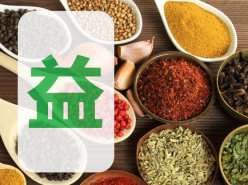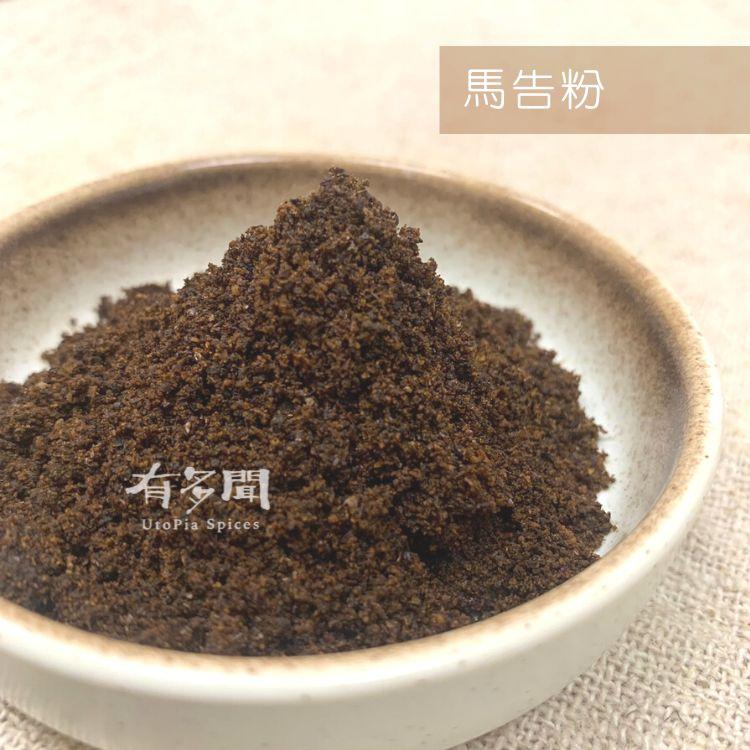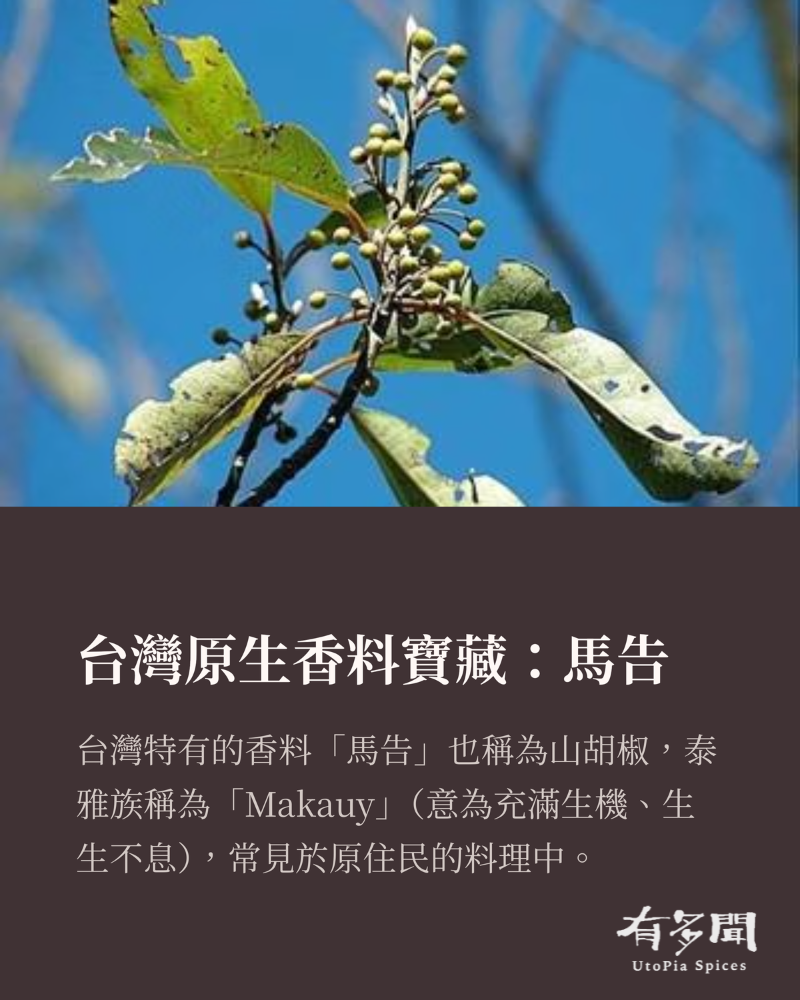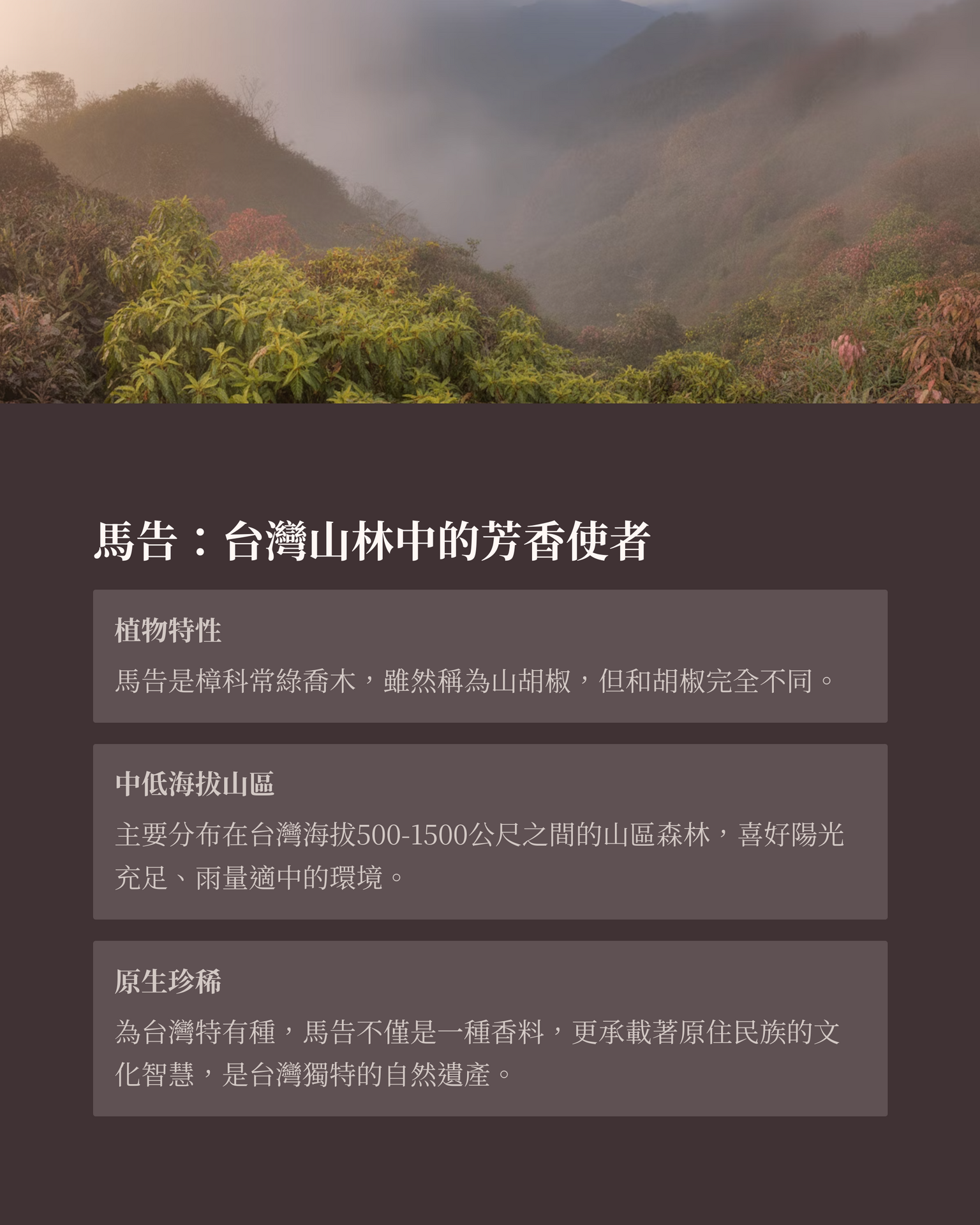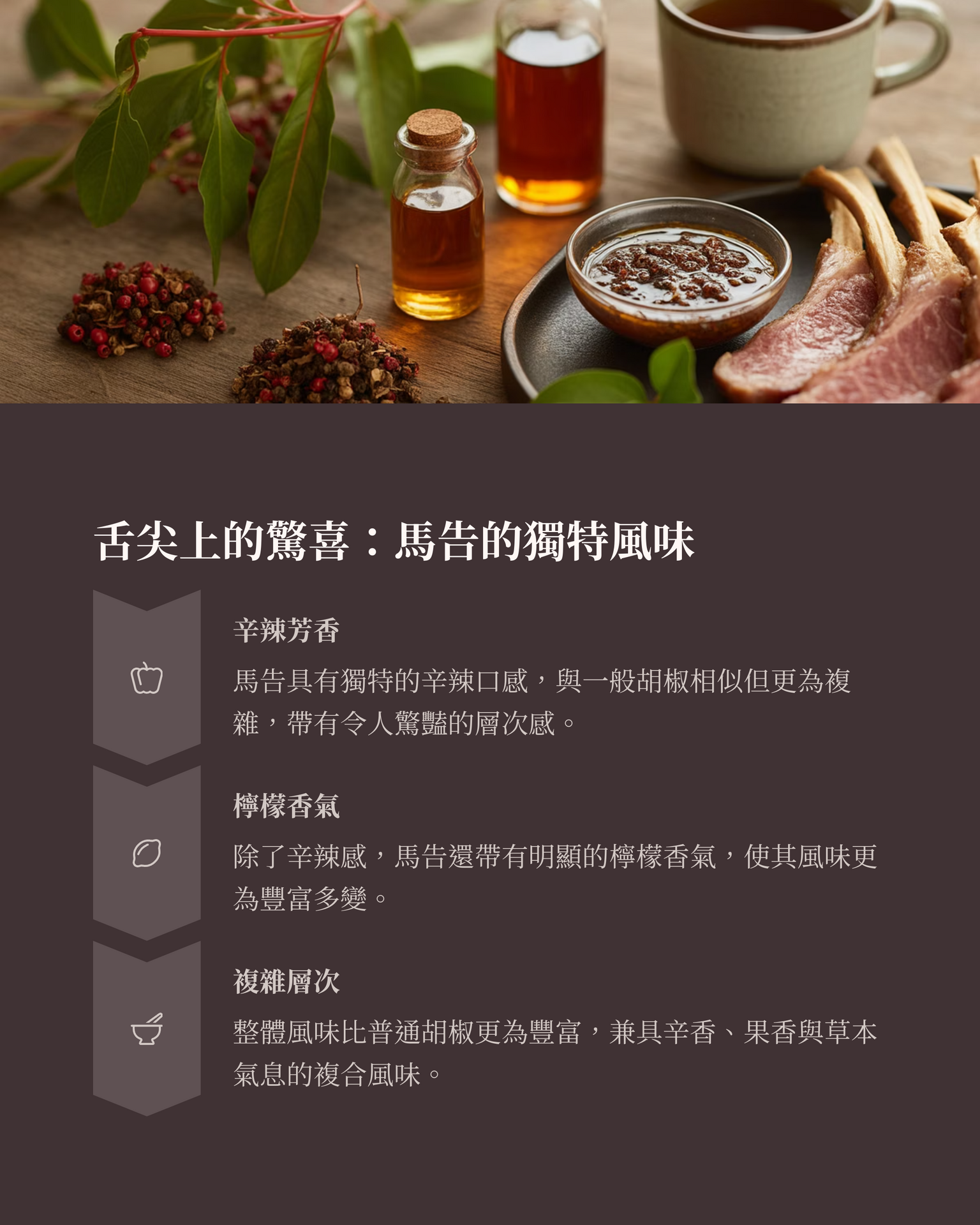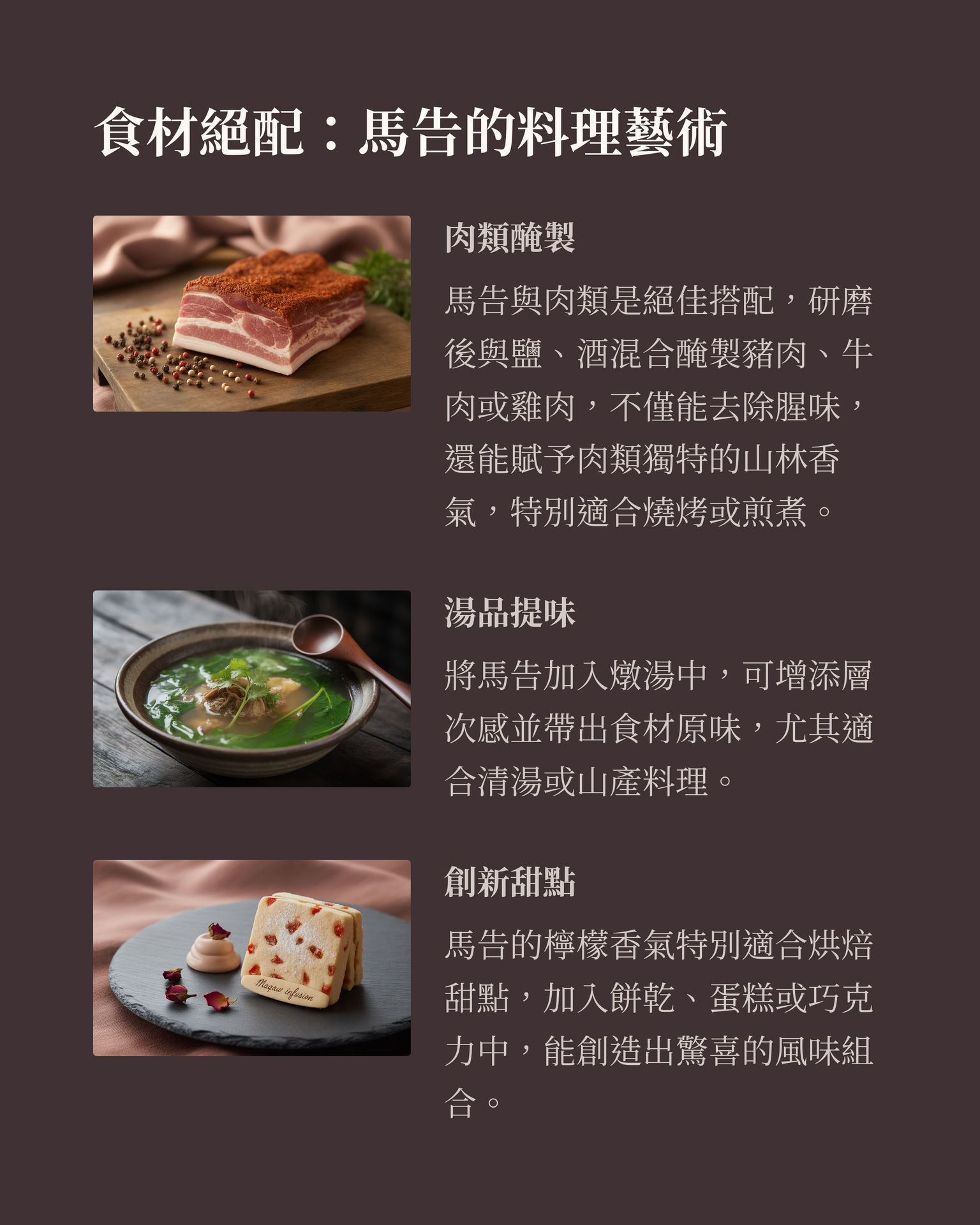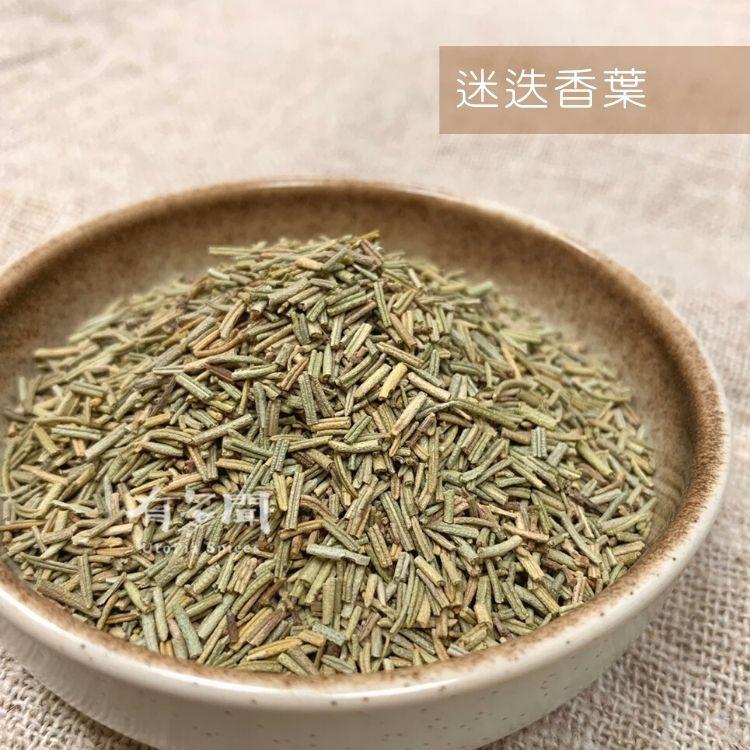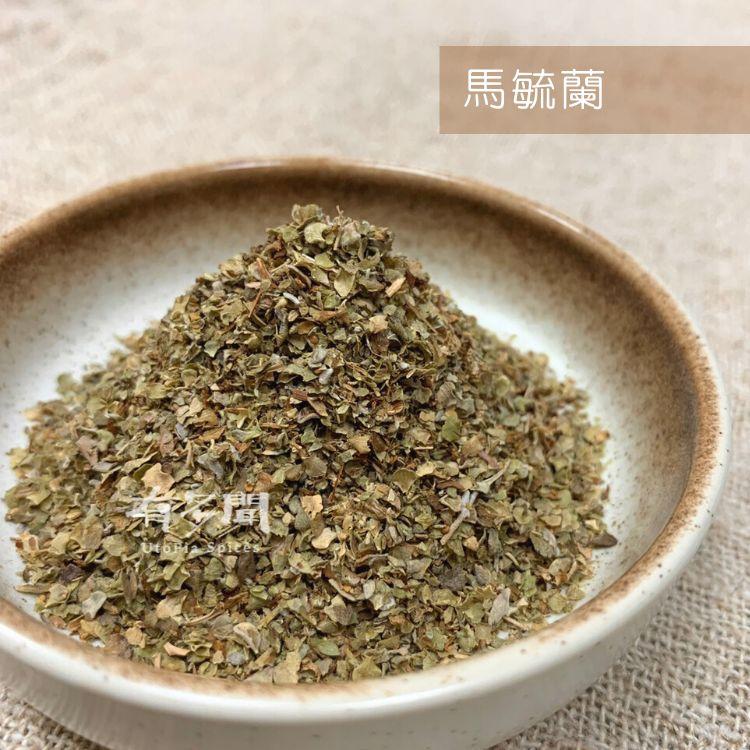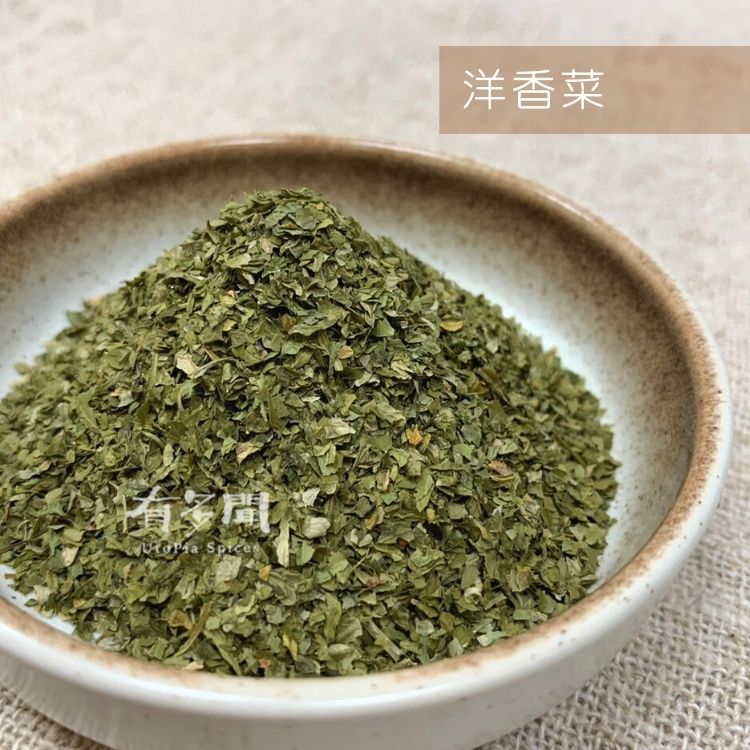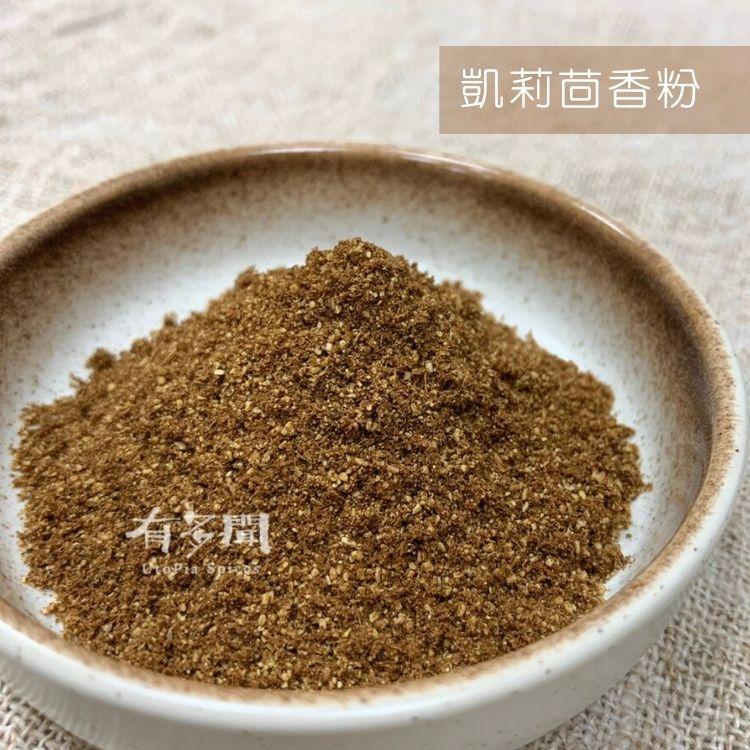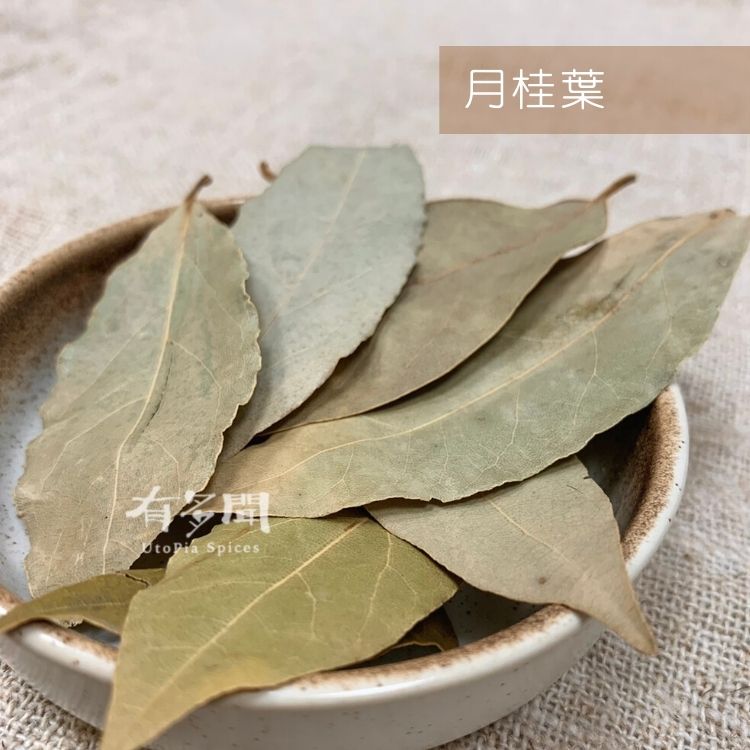
Bay leaf is a commonly used herb that is widely used in various cuisines to add flavor.
Feature:
Appearance: Usually oval in shape with smooth edges and dark green in color.
Texture: Drier and firmer, usually needs to be removed after cooking as it is too hard to eat directly.
Taste and Smell:
Taste: Slightly bitter, but with a subtle sweetness.
Smell: Deep and aromatic, a bit like pine, with a hint of spiciness.
Origin:
Türkiye. Bay leaf is native to the Mediterranean region, but over time it has been cultivated in many temperate climate regions around the world.
Cooking dishes:
Soups and Stews: Bay leaves are often added to soups or stews to add flavor. After cooking, they are usually fished out and discarded.
Spice bag: It is often placed in a gauze bag together with other spices (such as peppercorns, cloves, etc.) and used as a spice bag for seasoning.
Pickling: Bay leaves can be used to pickle a variety of foods, such as pickled vegetables or pickled meats.
Meat and Poultry: Bay leaves add deep flavor when roasting or cooking meat and poultry.
Rice and grains: Adding a bay leaf can add extra flavor when cooking certain grains, such as rice or porridge.
Applicable dishes:
Beef stew in red wine, German pig’s feet, Provence stew, bouillabaisse, borscht, pate, pickled vegetables
**When cooking with bay leaves, only one or two are enough as it has a very strong aroma. Storing dried bay leaves in an airtight container in a cool, dry place will ensure they retain their best flavor.
